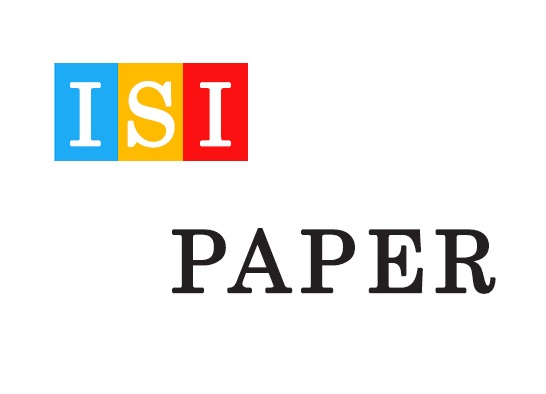دانلود رایگان مقاله ISI درباره امنیت آب،کمبود قیمت گذاری و قیمت گذاری خشکسالی موقت
دانلود رایکان مقاله انگلیسی ISI با موضوع تغییر الگوی برنامه ریزی افزایش ذخیره آب از طریق شبکه های تکمیل یافته
عنوان فارسی مقاله:
تغییر الگوی برنامه ریزی افزایش ذخیره آب از طریق شبکه های تکمیل یافته، قیمت گذاری کمیابی و آب انطباقی کارخانه: یک روش دینامیک سیستم
عنوان انگلیسی مقاله:
Paradigm shift to enhanced water supply planning through augmented grids, scarcity pricing and adaptive factory water: A system dynamics approach
دانلود رایگان مقاله ISI با فرمت PDF:
مشاهده توضیحات کامل و خرید ترجمه فارسی با فرمت ورد تایپ شده:
بخشی از مقاله انگلیسی :
6. Conclusions
This paper detailed the development of an SDM developed to explore the behaviour of the SEQ water resource system over the next 100 years under systemic change brought about by climate change and population growth. The current supply-side oriented approach to water governance was found to be ill-equipped to cope with these changes, leading to economic hardship and chronic water shortages. Reorganisation of the system through new water governance practices were proposed and simulated. These included: (a) increasing supply with rain-independent sources; (b) managing demand by introducing availability based pricing; and (c) enhancing asset management decisions. The model demonstrated that by properly pricing water scarcity through TDP is a considerably more effective strategy for reducing demand while simultaneously generating the additional revenues necessary to fund essential bulk supply infrastructure. The study indicates that as the supply portfolio includes greater proportions of rain-independent supply sources such as desalination plants, the requirement for implementing the TDP regime diminishes since there is less reliability on inflow to dams and groundwater. Simulation of PRO technology integration into the rainindependent component of the supply network was found to have large potential to decrease climate related feedbacks caused by RO desalination, and greatly increase the utilisation of system infrastructure. The outcomes of the study have implications for government agencies and water supply utilities/businesses seeking to better manage their cities long-term water security interests.


